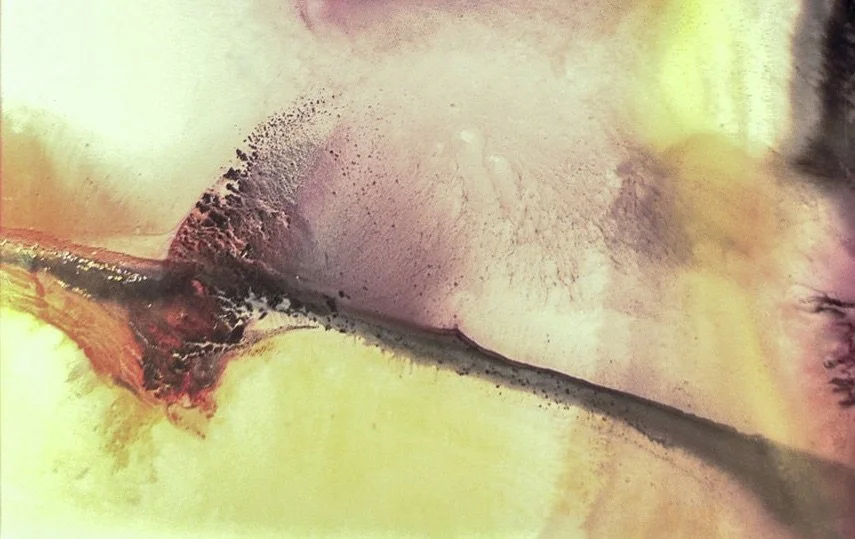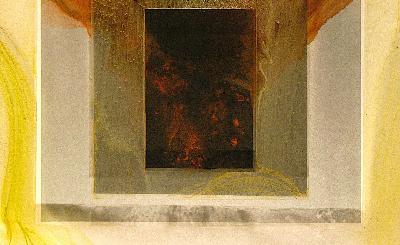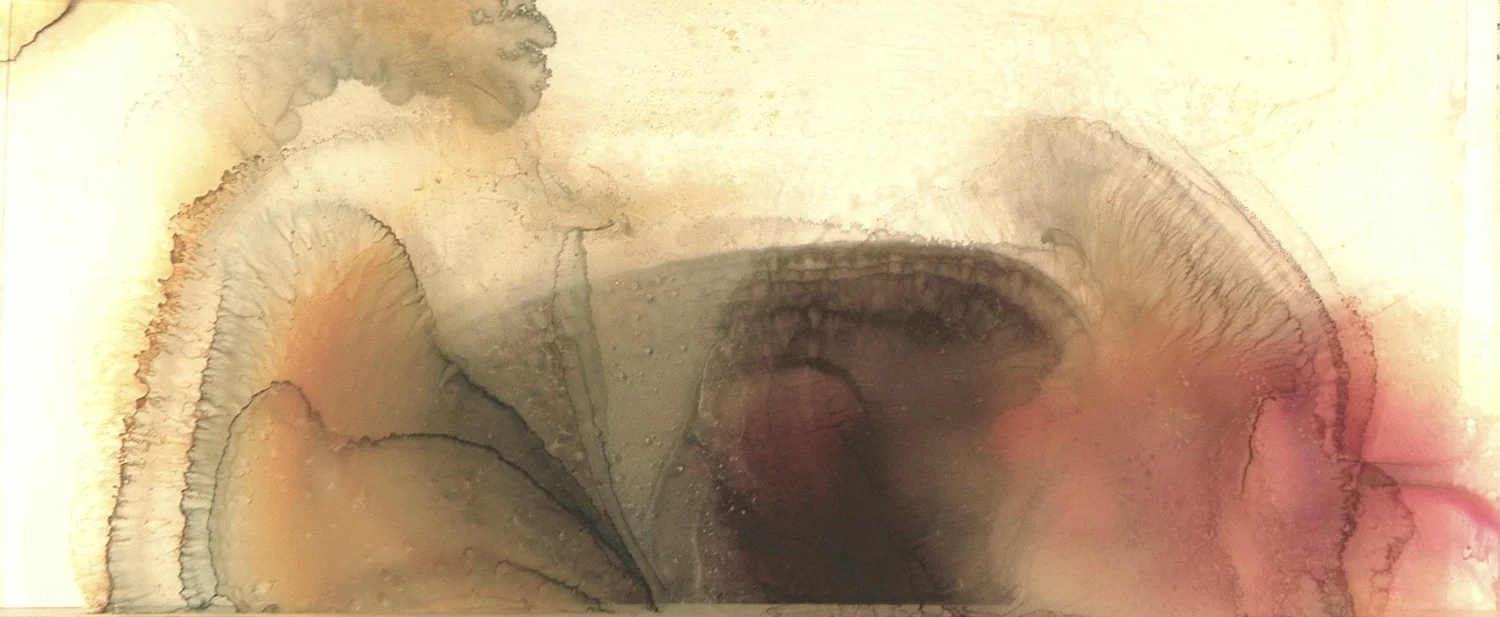130: Personal vs Communal
Description
Continuing with our discussion of various turning points in living the Zen life, we will examine the Buddhist tradition of “leaving home” to become a mendicant, with its unexamined but intrinsic root question of what, exactly, we mean by “home.”
The monastic ideal of “leaving home” is repeatedly praised by Master Dogen in the ordination ceremony known, in Japanese, as “Shukke Tokudo” — which translates as something like “leaving home, sharing the dharma.” In lay householder practice, we do not literally leave home, of course, other than for the occasional extended retreat, or sesshin. But we interpret the meaning as deeply significant, even to the householder. Our true home turns out to be unrelated to geography, or any of the other relative circumstances of existence.
We might also question the reality of home-leaving in the life of monastics, as Master Dogen mentions regarding monks of his time (see Shobogenzo Zuimonki). He suggests that some cannot really relinquish their attachment to family, and all that it entails, for the sake of Zen. But it seems a near-prerequisite in order to “hear the true Dharma,” as he puts it in Dogen’s Vow (Eiheikosohotsuganmon).
Other monks, who are able to relinquish family and home, are not able to let go of their attachment to their body, and good health. They are not willing to put their life on the line, which is, after all, understandable. In this same poem, he quotes Ch’an Master Lungya: “In this life save the body; it is the fruit of many lives.” I take his point to be that an obsession with living a normal life as the scion of a family lineage, at the expense of Zen practice, is ultimately doomed to failure. As a famous analogy has it, family will not accompany you in death. Like other aspects of your life, including health and wellbeing, they will only go as far as the grave. Aging, sickness and death, the three major marks of existence, according to Buddhism, cannot be avoided in the long run. And Zen takes the long view.
But the third and most difficult level of monastic non-attachment pointed out by Dogen Zenji, is clinging to our own ideas and opinions, especially regarding all the above. Even monks who can realize the first two levels have difficulty with this last, unable to relinquish, or even to recognize, their erroneous worldview. The monk who can do this most difficult thing has the best chance of waking up during this lifetime.
Highest Level of Practice
This brings up an interesting point, a seeming contradiction, that Dogen does not go into. Achieving this last bit of letting go — of the “ties that bind” — implies letting go of our viewpoints. Including, most notably, those regarding the prior two levels — forgoing a normal lay life of family and friends, marriage, social status, and so on; and further, forsaking our attachment to our own health and, ultimately, our very life.
In other words, if we truly let go of all of our own opinions, this would necessarily include any preconceptions we harbor — such as that the most advanced monk or nun is necessarily detached from family and body. Not necessarily. In Zen, we give up our opinions of all such kinds of attachment. It is, after all, natural to be attached to both the body and our family; the distinction lies in the degree to which we are attached to them. This is the heart of the Middle Way.
A clear example of this principle is found in pain. We experience some pain in meditation. But we do not immediately react, doing something to make it stop right now. We sink into it a bit more than we usually would, going beyond our comfort zone. In doing so, we have an opportunity to truly experience the “pain” for what it really is.
Thus, we may discover that it is not so bad. Although even if we thought that the more extreme dictates of practice may turn out to be life-threatening, we should not shrink from it, according to Dogen. Nothing ventured, nothing gained on a scalable spectrum. Unless we are ale to set aside our preconception that pain = bad, we cannot learn from the experience. This principle then applies to all of our aversions to testy circumstances in life. Aversion is simply the flip side of attachment.
Master Dogen’s assessment of the levels of commitment of various monks ends with the rare case of one who is able to sunder ties to family, health and life; and, finally, to one’s own worldview. This is the highest and truest form of liberation from the random, but seemingly determinative, causes and conditions of our present human birth. But since the last test entails relinquishment of our personal opinion of “all the above,” this should lead to the conclusion that the life of the lay householder is not all that distinct from that of the mendicant monk or nun, at least in any way that really matters in the context of the Great Matter. It is a case of the well-known “distinction without a difference.” If the circumstances of one’s lifestyle are only that — circumstance — then by definition, they are not central to living the Zen life.
Following on this reasoning, we might propose that the lay person — who is able to relinquish all such opinions, and “succeed to the wisdom of the buddhas” (see Fukanzazengi) — represents the highest possible level of realization. This may explain why it is, in the history of Buddhism and Zen, that such lay persons as Vimalakirti, Emperor Ashoka, Layman Pang, and countless others, are so admired. In spite of having their plates full, constrained by domestic and even governmental duties, they were able to gain profound insight into the Dharma, without renouncing their ordinary life. Not to mention certain monks who were known to flout the norms of monastic life.
Of course, you cannot tell the Zen book by its cover, so it is best to appraise only your own practice, and not to judge others, from outward appearances.
Contemporary Lay Practice
Contemporary lay practice in America is surely vastly different from what it was, and is, in the countries of origin, today as well as in ancient times. My limited understanding suggests that most lay householders practiced dana — generosity — by supporting the monks and nuns of the local orders with offerings of food and material support, including currency and other forms of fungible goods such as metals and fabrics. The community was apparently engaged in other, interactive ways as well. Young children would be sent to the temples and monasteries for training, which probably amounted to finishing schools, including some study of Buddhism. The early monasteries of the East probably evolved into the institutions of higher learning, universities, as they did in the Middle East and in the West, in Europe, for example. But the actual practice of Zen meditation, specifically, was probably not widespread, even in China and Japan. It was, and is, primarily the purview of the monastics
Today, however — I think perhaps especially in North and South America, as well as in Western Europe — lay practitioners generally equate Zen practice with meditation. Particularly in the USA, we tend to be do-it-yourselfers. We are not satisfied with second-hand information, and look to direct experience as having its own value, in most everything we do.
Thus, Zen training is closely related to apprentice modes of professional training, as in a craft or guild. A novice becomes an apprentice to a master; and eventually a journeyman; finally certified as a master herself. But we must be careful about this idea of becoming a “Zen Master.” We do not master Zen — Zen master us. But only if we allow it.
As Master Dogen reminds us in the Genjokoan excerpt from Bendowa, meaning “a talk about the Way,” the first fascicle from his master compilation, Shobogenzo:
When buddhas are truly buddhas
they do not necessarily notice that they are buddhas.
If spiritual awakening is simply awakening to reality, it would not necessarily include taking on a new self-identity as a “buddha.” It might, however, include seeing oneself, as well as others, in a somewhat different light. “Your body and mind, as well as the body and mind of others, drop away” as Dogen assures us in the same teaching.
Living the Zen Life Today
While we may admire, and hope to emulate, the life of a monk or nun, I believe we in America do not have enough grounding in the reality of that choice, nor in the cultures of the countries of origin, in which Buddhism and Zen originally arose. The choices we have today, in terms of maintaining Zen practice in the midst of life, are surely very different from those of ancient India, for example. Joining the Order meant leaving behind the conventional trap

























